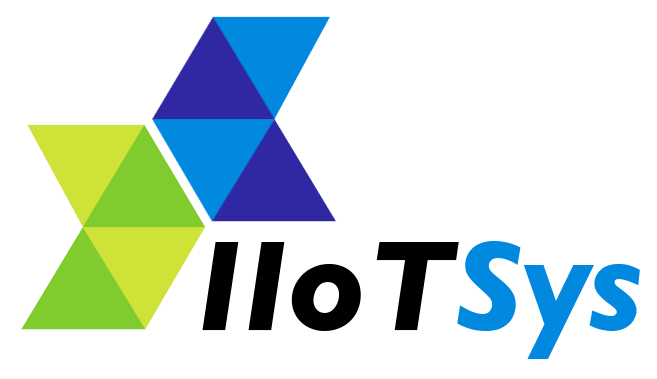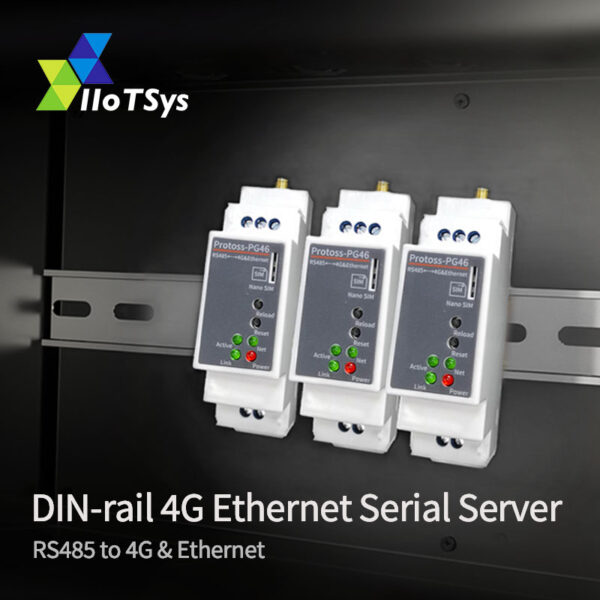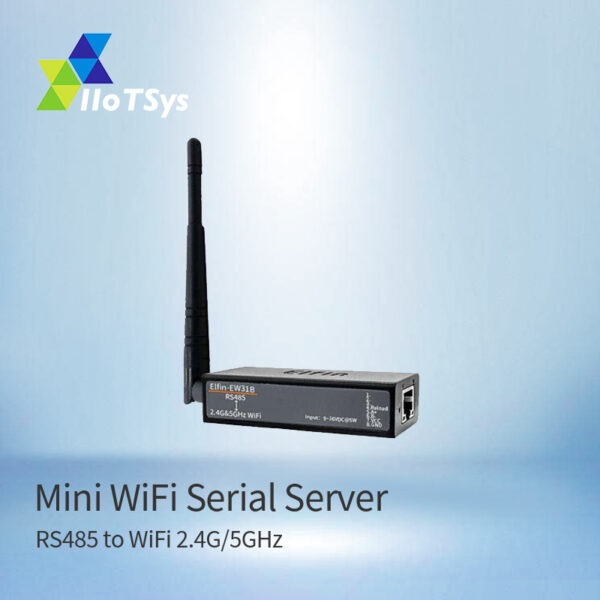MQTT and IIoT: Powering the Modern Factory
The Industrial Internet of Things (IIoT) is revolutionizing manufacturing by enabling seamless connectivity, real-time data exchange, and advanced automation. At the core of this transformation is MQTT (Message Queuing Telemetry Transport), a lightweight, publish-subscribe messaging protocol designed for efficient communication in resource-constrained environments. MQTT’s scalability, reliability, and low-latency make it a cornerstone of IIoT in smart factories. This article explores how MQTT drives IIoT applications in modern manufacturing.
Why MQTT for IIoT?
MQTT is uniquely suited for IIoT due to its robust features:
- Lightweight and Efficient: Minimizes bandwidth usage, ideal for devices with limited processing power or unreliable networks.
- Publish-Subscribe Model: Devices publish data to topics, and systems subscribe to receive updates, enabling decoupled and flexible communication.
- Scalability: Supports thousands of connected devices, essential for large-scale factory deployments.
- Reliability: Offers three Quality of Service (QoS) levels (0, 1, 2) to ensure message delivery in challenging network conditions.
- Security: Supports TLS/SSL encryption and authentication to protect sensitive industrial data.
Key Use Cases of MQTT in Modern Factories
1. Real-Time Machine Monitoring
- Application: Sensors on machines (e.g., temperature, vibration, pressure) publish data to MQTT topics, enabling centralized systems to monitor equipment health in real time.
- Benefit: Early anomaly detection prevents costly downtime. For example, a spike in motor vibration triggers predictive maintenance alerts, reducing unplanned outages by up to 20%.
- Example: A factory with 100 CNC machines uses MQTT to collect performance metrics every second.
2. Production Line Automation
- Application: MQTT facilitates communication between PLCs, robotic arms, and conveyor systems, with commands and status updates shared via topics.
- Benefit: Enhances workflow efficiency and reduces manual intervention. For instance, robotic arms adjust tasks based on real-time production demands.
- Example: An automotive assembly line uses MQTT to synchronize robots and conveyors, ensuring precise part placement.
3. Energy Management
- Application: Smart meters and IoT devices publish energy consumption data to MQTT brokers, allowing systems to optimize usage.
- Benefit: Reduces energy costs by automating shutdowns of idle equipment, achieving savings like a 15% reduction in energy consumption.
- Example: A textile factory monitors HVAC and lighting systems via MQTT.
4. Supply Chain Integration
- Application: MQTT connects factory systems with warehouse and logistics platforms, sharing inventory levels, production rates, and shipment statuses.
- Benefit: Enables just-in-time inventory management, reducing overstocking and improving supply chain efficiency.
- Example: A food processing plant uses MQTT to align production with warehouse stock.
5. Quality Control and Traceability
- Application: IoT sensors publish quality metrics (e.g., product dimensions, weight) to MQTT brokers, enabling defect detection and compliance logging.
- Benefit: Ensures high product quality and regulatory adherence through real-time monitoring.
- Example: A pharmaceutical factory tracks batch data via MQTT for compliance.
-
DIN-rail RS485 4G LTE Ethernet Serial Server
Select options€82.00 – €89.00 -
Mini RS485 2.4/5GHz WiFi Serial Server
Add to cartOriginal price was: €20.00.€15.00Current price is: €15.00. -
Mini RS232 Ethernet Serial Server
Add to cartOriginal price was: €13.00.€10.00Current price is: €10.00.
How MQTT Works in a Factory Setting
- Devices and Sensors: Machines, sensors, and IoT gateways act as MQTT clients, publishing data (e.g., temperature, speed) to specific topics.
- MQTT Broker: A central server (e.g., Mosquitto, HiveMQ) manages topic subscriptions and routes messages, hosted on-premises or in the cloud.
- Subscribers: Dashboards, SCADA systems, or analytics platforms subscribe to topics for data processing and visualization.
- Data Flow Example:
- A temperature sensor publishes to
factory/line1/temp. - A maintenance system subscribes and triggers an alert if the temperature exceeds 80°C.
Challenges and Considerations
- Network Reliability: Factories often face network instability. MQTT’s QoS levels help, but robust infrastructure is essential.
- Security: TLS encryption and strong authentication are critical to protect against cyber threats.
- Scalability: As device numbers grow, MQTT brokers must handle increased message loads, possibly requiring clustering.
- Interoperability: MQTT must integrate with existing systems (e.g., ERP, MES) via gateways or APIs.
Future of MQTT in IIoT
As factories embrace Industry 4.0, MQTT’s role will expand with trends like:
- Edge Computing: Local MQTT brokers reduce latency by processing data at the edge.
- AI Integration: MQTT feeds real-time data to AI models for predictive analytics.
- 5G Connectivity: High-speed 5G networks enhance MQTT performance in large-scale deployments.
Conclusion
MQTT is a cornerstone of IIoT, enabling real-time monitoring, automation, and data-driven decision-making in modern factories. Its lightweight, scalable, and secure design empowers manufacturers to enhance efficiency, reduce costs, and stay competitive in the era of smart manufacturing.








